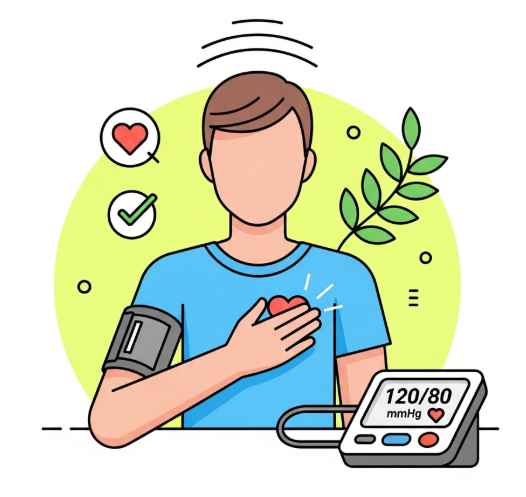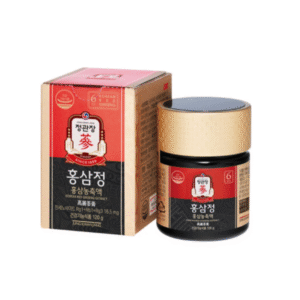🌿 Introduction
Blood pressure is more than a number your doctor reads from a cuff — it is a reflection of how your heart, arteries, and overall lifestyle work together.
When balanced, it shows harmony between the body’s rhythm and the flow of life itself. When disturbed, it signals tension, fatigue, or stress deep within.
Understanding what those numbers mean is the first step toward regaining control — not through fear, but through awareness and care.
1. What Blood Pressure Actually Measures
Blood pressure represents the force of your blood pushing against artery walls as your heart pumps.
It has two key readings:
- Systolic (upper number): the pressure when the heart contracts and pushes blood out.
- Diastolic (lower number): the pressure when the heart rests between beats.
For most adults, a healthy reading is around 120/80 mmHg.
When readings consistently rise above 130/80 mmHg, it’s considered hypertension.
💡 These numbers are not labels — they are feedback from your cardiovascular system, asking for balance.
2. Why Balance Matters More Than Perfection
Blood pressure naturally fluctuates throughout the day — when you wake up, exercise, or feel stress.
What matters isn’t a single measurement, but the overall pattern.
If your pressure remains elevated even at rest, it means your arteries and heart are working harder than they should.
Chronic high pressure silently wears down blood vessel walls, increasing risks for stroke, kidney strain, and heart disease.
However, understanding it early allows gentle, natural correction.
🌾 Awareness invites prevention — not panic.
3. The Hidden Factors Behind Hypertension
High blood pressure isn’t caused by one thing alone. It’s a combination of modern habits and subtle imbalances that build over time:
- Excess sodium and processed foods that retain fluid in the body.
- Chronic stress that keeps the body in a state of alert.
- Poor sleep disrupting hormonal regulation.
- Lack of movement reducing arterial flexibility.
- Dehydration thickening the blood and increasing cardiac workload.
Understanding these roots empowers change — because each one can be adjusted through daily choices.
4. The Language of Your Numbers
| Category | Systolic (mmHg) | Diastolic (mmHg) | Meaning |
|---|---|---|---|
| Normal | <120 | <80 | Balanced circulation |
| Elevated | 120–129 | <80 | Early warning — lifestyle focus needed |
| Hypertension Stage 1 | 130–139 | 80–89 | Consistent monitoring required |
| Hypertension Stage 2 | ≥140 | ≥90 | Medical and lifestyle intervention necessary |
| Crisis | >180 | >120 | Immediate medical care |
Monitoring doesn’t mean obsession. It means listening — learning your body’s rhythm through regular, calm observation.
🫀 Your numbers tell a story; learning to read it helps you rewrite your future health.
5. Lifestyle Choices That Bring Pressure Back to Balance
Medication can stabilize blood pressure, but habits restore its natural balance.
Gentle, consistent actions create more lasting effects than extreme measures.
🌿 Daily Supportive Habits:
- Eat whole, potassium-rich foods (like spinach, avocado, and banana).
- Move regularly, even light walking for 30 minutes.
- Hydrate adequately — pure water keeps blood viscosity normal.
- Sleep deeply — aim for 7–8 hours of calm rest.
- Manage stress through breathing, nature walks, or meditation.
Each small act whispers reassurance to your heart: You are safe. You can slow down.
6. The Power of Early Awareness
Many people discover hypertension only after symptoms appear — headaches, dizziness, or fatigue.
Yet the most effective care is preventive, not reactive.
By checking your blood pressure regularly and tracking patterns, you can act early.
🌙 Early awareness transforms health management into self-respect.
7. Turning Knowledge into Gentle Action
Understanding your blood pressure is not about restriction; it’s about freedom — the freedom to live consciously and calmly.
With awareness, you begin to notice:
- Which foods make you feel lighter or heavier.
- How stress shifts your pulse.
- How rest restores clarity.
Health is not an event; it is a relationship with your own body — one that deepens through attention.
Conclusion
Your blood pressure readings are not mere numbers — they are mirrors of your inner state.
Through patience, understanding, and balanced living, you can nurture your heart back into harmony.
The body always seeks equilibrium.
When you listen, it gently guides you home to health.
🇰🇷 Premium Korean Ginseng Online Shop







